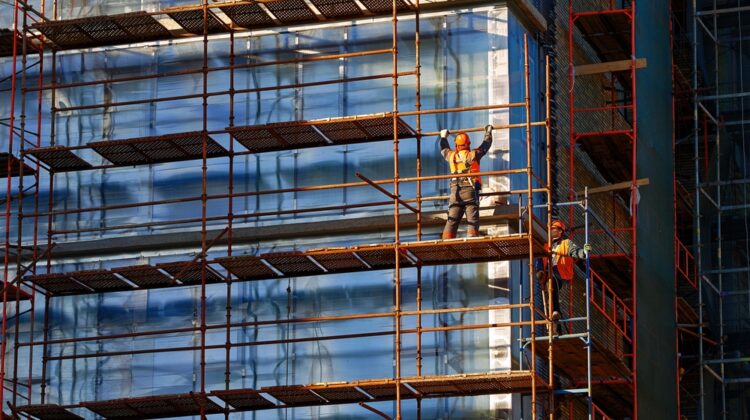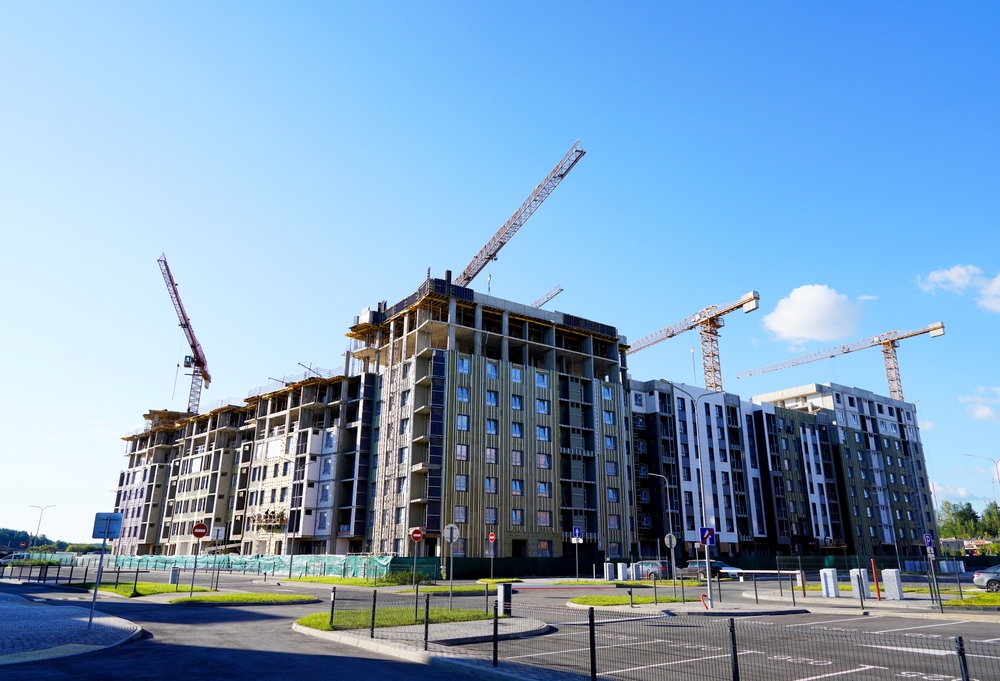
Low-Emission Construction: Building a Cleaner Future
Low-Emission Construction: Building a Cleaner Future
As the world faces the growing impacts of climate change, the construction industry is under pressure to adopt more sustainable and eco-friendly practices. Traditional building methods are responsible for nearly 40% of global carbon emissions, making low-emission construction a crucial step toward a greener future.
In India, where urbanization is rapidly increasing, low-emission construction offers a path to sustainable development without compromising infrastructure growth. This approach focuses on minimizing greenhouse gas emissions throughout a building’s life cycle—from design to demolition.
What Is Low-Emission Construction?
Low-emission construction refers to the design and development of buildings that generate minimal carbon emissions during construction, operation, and maintenance. The process integrates energy-efficient designs, renewable materials, and green technologies to lower a building’s overall environmental footprint.
Unlike conventional construction, which depends heavily on fossil fuels and resource-intensive materials, low-emission construction emphasizes sustainability through innovation and efficiency.
Why Low-Emission Construction Matters
1. Reducing Carbon Footprint
One of the main goals of low-emission construction is to reduce the carbon footprint associated with building processes. By using renewable materials, electric machinery, and energy-efficient designs, builders can drastically cut emissions.
2. Improving Air Quality
The construction industry contributes significantly to air pollution. Dust, diesel exhaust, and emissions from building materials harm both workers and the environment. Implementing low-emission construction techniques helps reduce these pollutants, leading to cleaner and healthier surroundings.
3. Lowering Energy Consumption
Buildings designed under low-emission construction principles consume less energy during their lifetime. This reduces operational costs and dependence on non-renewable power sources.
4. Supporting National Climate Goals
India aims to achieve net-zero emissions by 2070. Adopting low-emission construction aligns with this national vision by promoting cleaner technologies and sustainable infrastructure.
Key Strategies in Low-Emission Construction
1. Use of Sustainable Materials
Switching to eco-friendly and recycled materials is the foundation of low-emission construction. Products such as fly ash concrete, bamboo, recycled steel, and low-carbon cement reduce energy use and emissions.
2. Energy-Efficient Design
Incorporating passive design elements like natural lighting, insulation, and ventilation minimizes the need for artificial heating and cooling—key aspects of low-emission construction that enhance building performance.
3. Electric and Hybrid Construction Equipment
Traditional construction relies on diesel-powered machinery, which emits significant greenhouse gases. Transitioning to electric or hybrid equipment is a crucial step toward low-emission construction.
4. On-Site Waste Reduction
Efficient waste management and recycling processes prevent materials from ending up in landfills, further lowering emissions. Proper planning ensures minimal material waste and optimized resource use.
5. Renewable Energy Integration
Installing solar panels or wind turbines in construction projects provides clean, renewable power. This shift supports low-emission construction and reduces dependency on fossil fuels.
Low-Emission Construction in India
India’s construction sector is undergoing a green transformation, with increasing focus on low-emission construction techniques. Government initiatives such as the Energy Conservation Building Code (ECBC) and Green Rating for Integrated Habitat Assessment (GRIHA) encourage the use of sustainable technologies and renewable energy sources.
Cities like Bengaluru, Pune, and Ahmedabad are leading examples of adopting low-emission construction methods in housing and commercial projects.
To learn more about India’s sustainable building initiatives, visit the Bureau of Energy Efficiency (BEE) — the government agency promoting energy conservation and green building standards across the country.

How to Implement Low-Emission Construction in Your Project
Adopting construction requires collaboration between architects, engineers, contractors, and clients. Begin with a thorough environmental assessment to measure potential emissions at every stage. Use digital tools like Building Information Modeling (BIM) to plan resource-efficient construction.
Material selection plays a vital role—opt for local, renewable, and certified products. Additionally, incorporate renewable energy systems to power equipment and site operations.
If you’re looking to adopt construction strategies for your next project, contact AMS India. Their team specializes in sustainable design, energy efficiency, and eco-friendly construction solutions tailored to India’s climate.
Conclusion
Low-emission construction is more than just a trend—it’s the future of sustainable development. By embracing energy-efficient designs, renewable materials, and cleaner technologies, the construction industry can drastically reduce its environmental impact.
As India continues to grow, adopting construction practices ensures a balance between progress and preservation. Together, we can build a future that’s strong, smart, and sustainable.
Read more related articles to enhance your knowledge and make informed decisions
Cost-Effective Modular Construction: Fast, and Sustainable Building Solutions
Smart Modular Buildings: Innovative, Efficient, and Sustainable Construction








